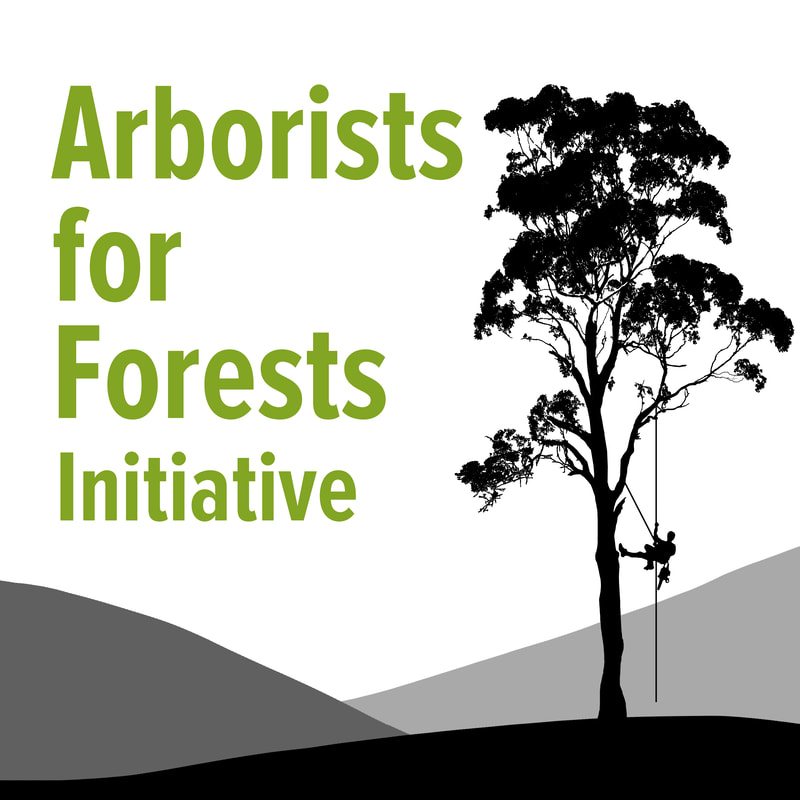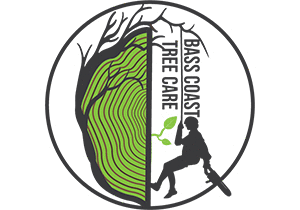Restoring Landscape Function
The Bass Coast landscape is dominated by the steep Strzelecki Hills and the coastal fringing Gippsland Plains. It is also a high rainfall zone that’s supports a healthy agricultural industry, predominantly beef grazing and dairy. It is also a very seasonal landscape that often becomes saturated during the winter months and extremely dry during the summer months, particularly during increasingly hotter summers and drought periods.
Combined with past heavy clearing this has left the landscape prone to the extremes of weather resulting in susceptibility to water course erosion, nutrient loss, loss of soil moisture and landscape saturation, pugging and soil compaction during above average winter rainfall events. Habitat supporting terrestrial and aquatic biodiversity has also been heavily impacted due to past clearing and traditional agricultural practices.
Ultimately, we envisage this project will tackle all of the above-mentioned issues and act as a demonstration for the region’s farmers, showcasing management options they can integrate into the management of the upper reaches of their farms. The methodologies being proposed are also consistent with the regenerative agriculture approach which is becoming increasingly mainstream in Bass Coast and Southern Gippsland.
The stage 1 and stage 2 works include initial site investigation and preliminary concept development and will inform the future stages of planning and detailed design, regulatory approval and construction. We expect the final construction works will:
• Slow the flow of water in the targeted sub catchment
• Rehydrate the landscape in the targeted sub catchment
• Increase habitat for terrestrial and aquatic biodiversity in the targeted sub catchment
• Engage the broader community through workshops, field days and development of a demonstration site case study with the aim of encouraging other farmers to implement similar approaches on their own farms, though approved processes.
Combined with past heavy clearing this has left the landscape prone to the extremes of weather resulting in susceptibility to water course erosion, nutrient loss, loss of soil moisture and landscape saturation, pugging and soil compaction during above average winter rainfall events. Habitat supporting terrestrial and aquatic biodiversity has also been heavily impacted due to past clearing and traditional agricultural practices.
Ultimately, we envisage this project will tackle all of the above-mentioned issues and act as a demonstration for the region’s farmers, showcasing management options they can integrate into the management of the upper reaches of their farms. The methodologies being proposed are also consistent with the regenerative agriculture approach which is becoming increasingly mainstream in Bass Coast and Southern Gippsland.
The stage 1 and stage 2 works include initial site investigation and preliminary concept development and will inform the future stages of planning and detailed design, regulatory approval and construction. We expect the final construction works will:
• Slow the flow of water in the targeted sub catchment
• Rehydrate the landscape in the targeted sub catchment
• Increase habitat for terrestrial and aquatic biodiversity in the targeted sub catchment
• Engage the broader community through workshops, field days and development of a demonstration site case study with the aim of encouraging other farmers to implement similar approaches on their own farms, though approved processes.
 Click to view the workshop notes
Click to view the workshop notes
Project Aims and Objectives
Summary of Natural Processes
European impacts on a fragile landscape
Intact valley floors act as sponges within the landscape, slowing, spreading and storing moisture during times of flow. Surface flows spread passively across the valley floor while, subsurface, there is a strong connection between pond or stream levels and the alluvial aquifer.
In contrast, the storage capacity and flow interaction with the surrounding landscape is severely restricted following channel/gully formation. Flows are high in energy and are largely contained within the channel, while the alluvial aquifer is drained to the depth of the channel.
To learn more about these systems, click here to view video 'Landscape Rehydration - Leaky Weirs’
Click here or more information on this project
This project is supported by Melbourne Water Liveable Communities Liveable Waterways program in partnership with Bass Coast Landcare Network.
- Establish a demonstration site at Mount Pleasant farm in Woodleigh showing how riparian restoration enhances landscape function.
- Assess Mount Pleasant for landscape rehydration interventions and make recommendations for remediation and improvements.
- Provide the basis for future detailed designs and project completion as aligns with the Bass Coast project proposal.
Summary of Natural Processes
- Sunlight and gravity power the system and drive the water cycle.
- Water is the main conveyor of solar energy throughout the biosphere and more broadly, the hydrosphere. Water absorbs, transfers, transforms and releases solar energy.
- Diverse plant communities ultimately manage and build the system.
- Plants and water in all its phases together are critical in the transformation and dissipation of solar energy (climate moderation).
- Plants and water together have built a predictable sedimentary pattern in the landscape (look for the thresholds – steps and neck points).
- This sedimentary pattern manages fertility as well as salt storage and movement.
- Natural processes must be recognised in terms of spatial and temporal feedback loops.
- These principles apply to the whole landscape, not just the floodplains.
European impacts on a fragile landscape
Intact valley floors act as sponges within the landscape, slowing, spreading and storing moisture during times of flow. Surface flows spread passively across the valley floor while, subsurface, there is a strong connection between pond or stream levels and the alluvial aquifer.
In contrast, the storage capacity and flow interaction with the surrounding landscape is severely restricted following channel/gully formation. Flows are high in energy and are largely contained within the channel, while the alluvial aquifer is drained to the depth of the channel.
To learn more about these systems, click here to view video 'Landscape Rehydration - Leaky Weirs’
Click here or more information on this project
This project is supported by Melbourne Water Liveable Communities Liveable Waterways program in partnership with Bass Coast Landcare Network.



























